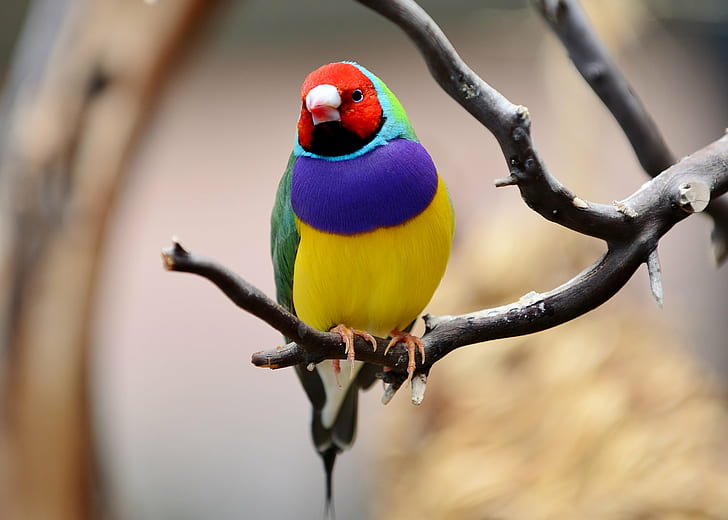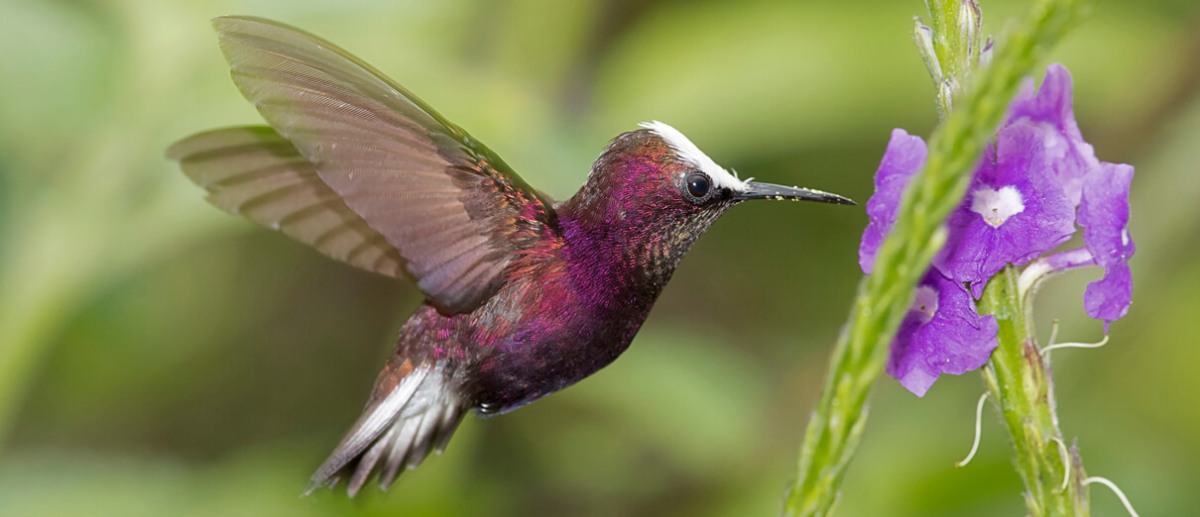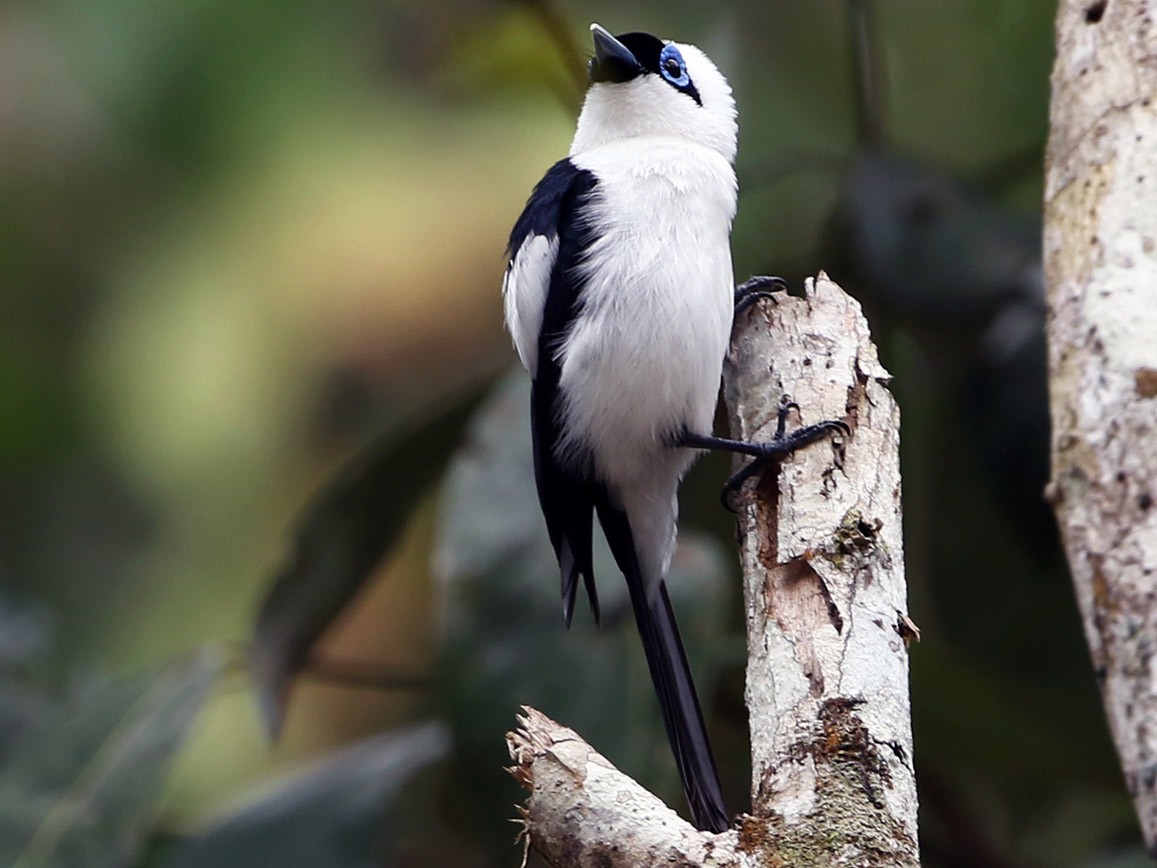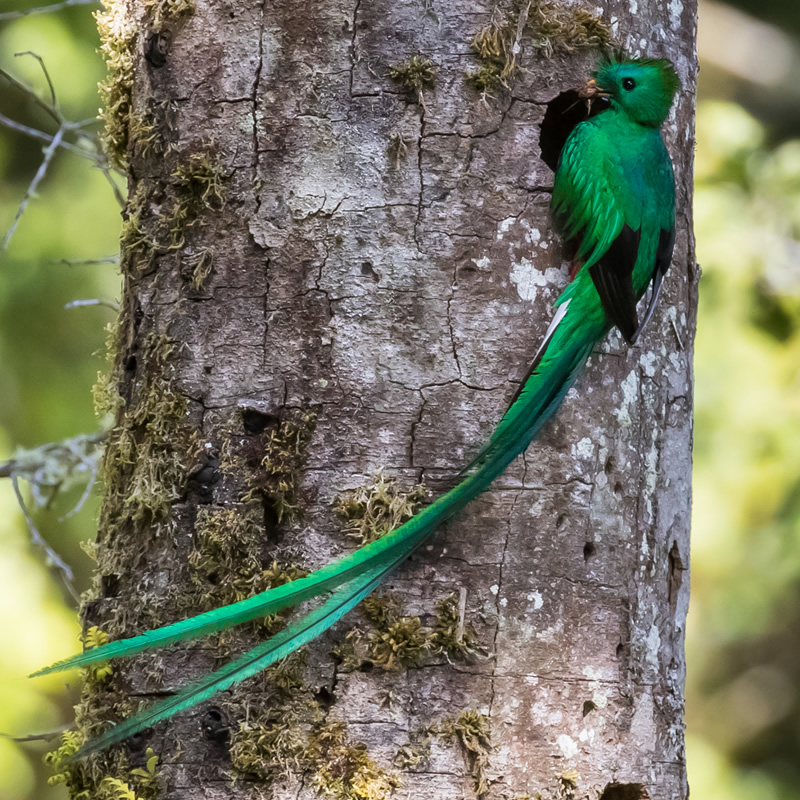The Blood Pheasant has kind of a disturbing name, but it gets it from the red skin of its face and legs, and the red feathers on the chin, chest, and tail. They are small members of their family, and are the only species found within the genus Ithaginis, though there are a dozen recognized subspecies.

Blood Pheasants are found in the countries surrounding the Himalayas– China, India, Nepal, and Bhutan. They prefer to live in coniferous forests, and range at elevations of 10,000-15,000 feet during the breeding season, and slightly lower during the rest of the year.
These birds are not the best fliers, and they get around mostly by running on the ground. They even build their nests on the ground, constructing them under rocks and inside shrubs. These ground nests can be problematic, however, as sometimes the eggs must be moved or abandoned altogether if the parents feel there is too much risk. Broods can number over a dozen in size, and the young chicks are able to get up and follow mom around when they are only two days old. They will remain as a group until winter.
The species is very rarely found in captivity, and at present it does not appear that there are any in United States institutions. Blood Pheasants live in very remote regions in the wild, and so have been safe from many of the threats that endanger different pheasant species. However, the population does appear to be on the decline, though it is slow enough to list them as being of Least Concern.
Common name:
blood pheasant (en); faisão-sangue(pt); ithagine ensanglantée (fr); faisán de sangre (es); blutfasan (de)
Taxonomy:
Order Galliformes
Family Phasianidae
Range:
This Asian species is found in the mountains of Nepal, northern India, Bhutan, Tibet, northern Myanmar and south-central China.
Size:
Blood pheasants are 40-48 cm long and weigh 410-620 g.
Habitat:
These birds are found in coniferous and mixed forests, in bamboo forests, scrublands and alpine meadows. They occur at altitudes of 2.500-4.500 m.
Diet:
These birds eat lichens, pine seeds, green shoots, berries and some invertebrates including snails, butterflies, flies and beetles.
Breeding:
Blood pheasants breed in May-July. They nest on the ground, in a shallow saucer made of dry twigs lined with leaves, thin tree roots and mosses. The female lays 5-14 pink or yellowish white eggs with brown speckles, which she incubates alone for 27-33 days while the male stands guard. The chicks are able to walk and feed themselves just 2 days after hatching, but continue to be brooded and protected by the female for 5-6 weeks.
Conservation:
IUCN status – LC (Least concern)
This species has a very large breeding range and is reported to be common and widespread in some areas and scarce in others. Populations are declining throughout much of its range owing to habitat loss and degradation caused by timber extraction, overgrazing and agricultural conversion, as well as hunting pressure. Still, the blood pheasant is not considered threatened at present.


























.jpg)










